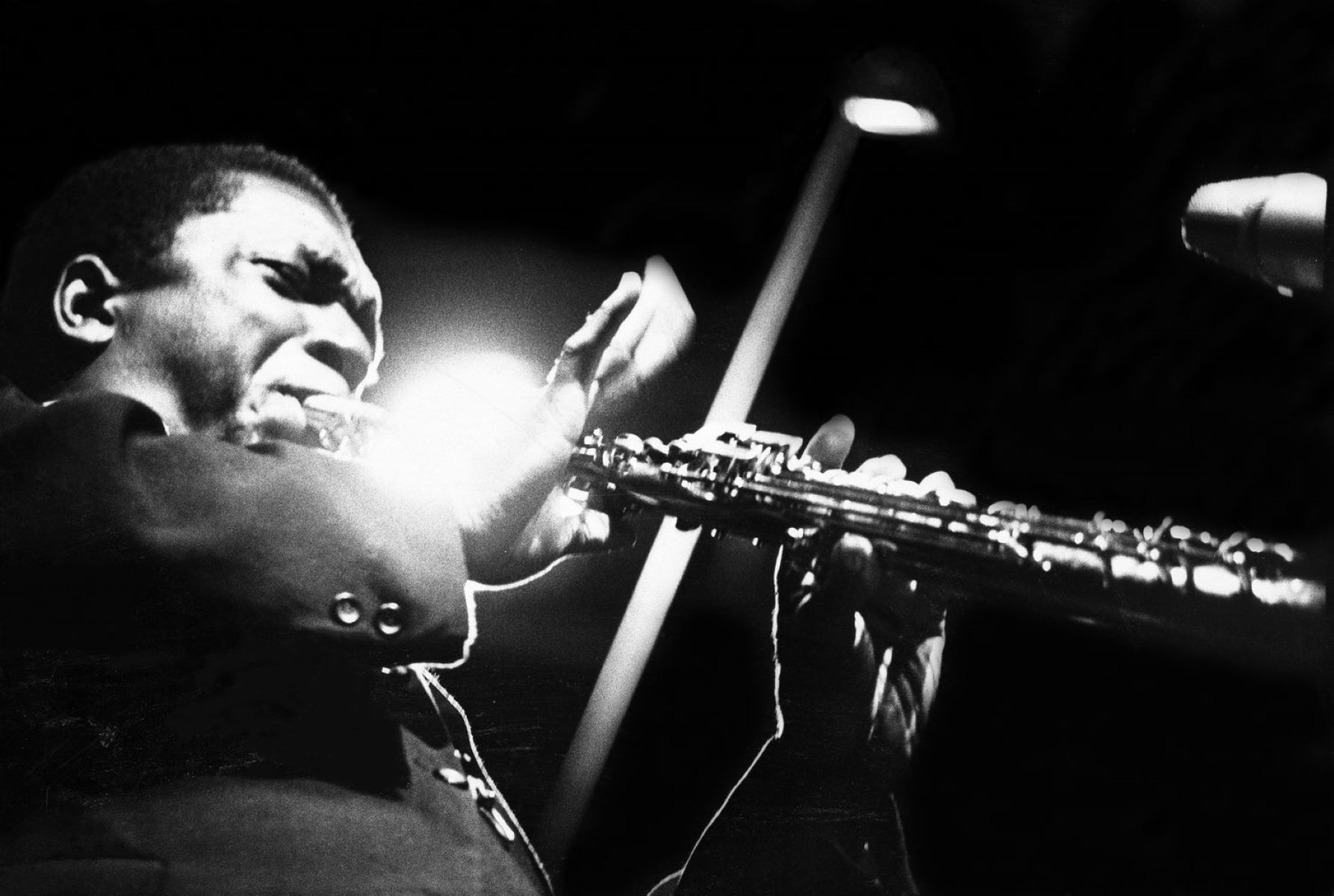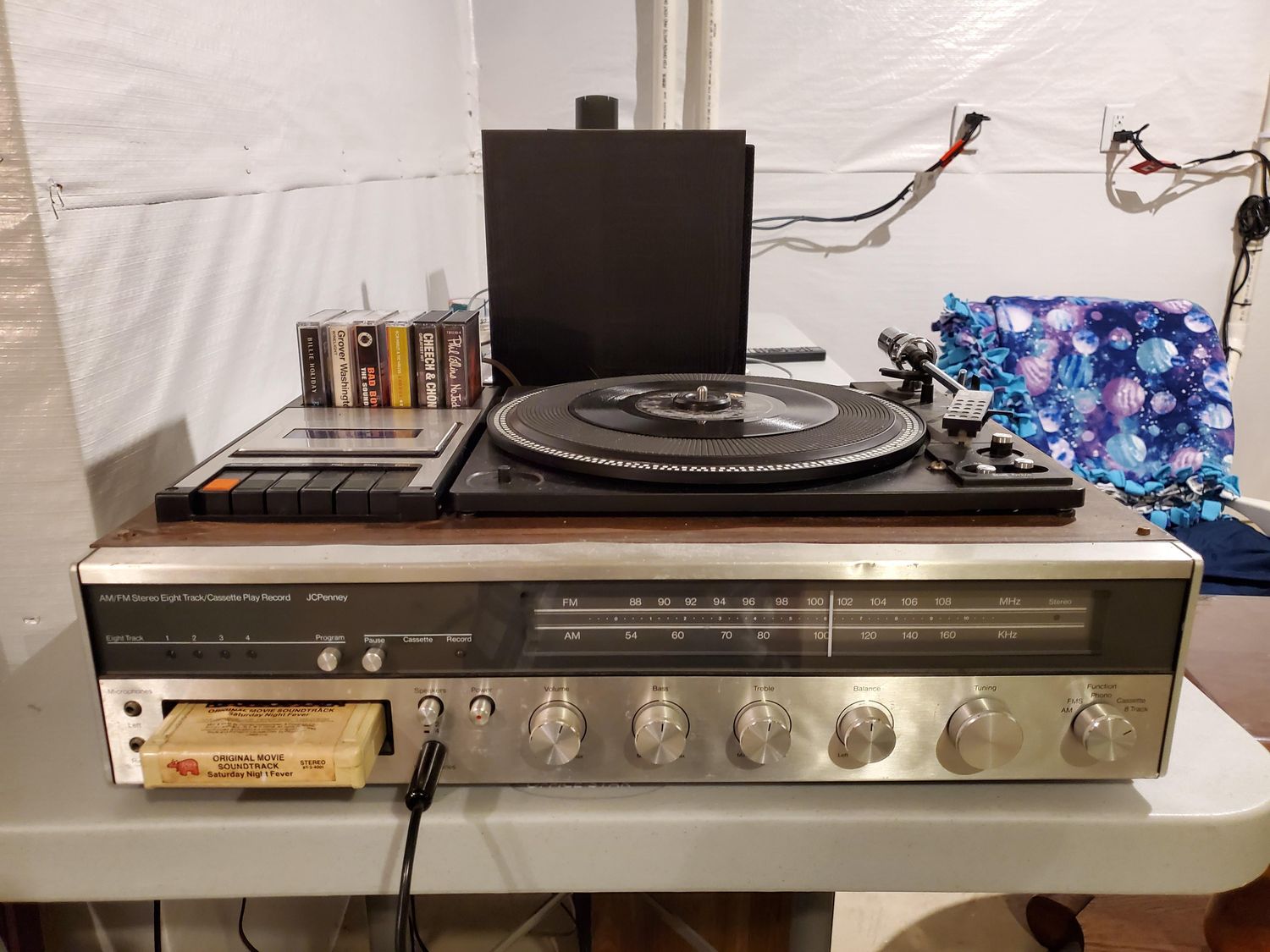Home>Devices & Equipment>Turntable>Hysteresis Turntable Motor Starts Quiet And Runs Loud When Hot


Turntable
Hysteresis Turntable Motor Starts Quiet And Runs Loud When Hot
Modified: January 22, 2024
Discover the quiet power of our hysteresis turntable motor, which effortlessly starts up and becomes louder when hot. Unleash the true potential of your turntable with our reliable motor technology.
(Many of the links in this article redirect to a specific reviewed product. Your purchase of these products through affiliate links helps to generate commission for AudioLover.com, at no extra cost. Learn more)
Table of Contents
Introduction
Welcome to the fascinating world of turntables! If you’re a music enthusiast or an audiophile, you’re probably familiar with the joy of spinning vinyl records and experiencing the warm sound that only analog audio can provide. Turntables have been around for decades and continue to be a popular choice for music lovers who appreciate the authentic and immersive listening experience they offer.
One crucial component of a turntable is the motor, which plays a vital role in rotating the platter that holds the record. There are various types of turntable motors available, each with its own characteristics and performance. One popular type of motor used in turntables is the hysteresis motor.
Hysteresis motors are known for their smooth and consistent rotation, low vibration, and low noise levels. However, there are times when the motor may start off quietly but become louder as it heats up during prolonged use. This phenomenon can be frustrating for turntable owners who prefer a quiet listening environment.
In this article, we will delve into the world of hysteresis turntable motors and explore the factors that can contribute to motor noise when it becomes hot. We will also discuss potential causes of motor noise and provide strategies to help you quiet a hot motor. Let’s dive in and uncover the secrets of turntable motors!
Understanding the Hysteresis Turntable Motor
The hysteresis turntable motor is a specific type of synchronous motor commonly used in turntables. It provides accurate and consistent rotation speed, which is crucial for maintaining the pitch and tempo of the music being played. Understanding how this motor works will give you insight into why it may exhibit certain characteristics, such as noise when it becomes hot.
At the heart of a hysteresis motor is a rotor made of a magnetic material with high magnetic hysteresis. This means that the rotor retains some magnetic properties even after the magnetic field has been removed. The stator, on the other hand, contains the electromagnets that generate the rotating magnetic field necessary for the motor to operate.
Unlike other types of motors, the hysteresis motor relies on the phenomenon of hysteresis to generate torque and rotate the platter. When an alternating current passes through the stator’s electromagnets, it creates a rotating magnetic field that interacts with the magnetic rotor. The constantly changing magnetic field induces eddy currents in the rotor, which in turn creates its own magnetic field. The interaction between the stator’s magnetic field and the rotor’s magnetic field produces torque, causing the rotor to rotate.
One of the advantages of hysteresis motors is their ability to provide smooth and precise rotation. Since the rotor retains its magnetic properties, it requires minimal force to maintain rotation once it has been started. This results in a low-vibration operation, which is essential for accurate playback of vinyl records.
In addition, hysteresis motors are known for their quiet operation. The absence of brushes or commutators, which are found in other types of motors, eliminates the risk of electrical arcing and the associated noise. This makes hysteresis motors an excellent choice for turntables, where minimizing mechanical and electrical noise is crucial for a high-quality listening experience.
However, despite their quiet operation, it is not uncommon for hysteresis turntable motors to exhibit noise when they become hot. The next section will explore the possible factors that can contribute to motor noise when it heats up during use.
Factors Affecting Motor Noise
When it comes to hysteresis turntable motors, there are several factors that can contribute to motor noise, especially when the motor heats up. Understanding these factors can help you identify the root cause of the noise and take appropriate measures to mitigate it. Let’s take a closer look at some of the main factors affecting motor noise:
- Bearing Quality: The quality of the motor’s bearings plays a crucial role in noise production. If the bearings are worn out, improperly lubricated, or of low quality, they can create friction and generate noise as the motor rotates. Regular maintenance and ensuring the use of high-quality bearings can help reduce motor noise.
- Belt Tension: Many turntables use a belt drive system to transmit power from the motor to the platter. If the belt is too loose or too tight, it can cause vibrations and produce audible noise. Properly adjusting the belt tension can help minimize motor noise.
- Motor Mounting: The way the motor is mounted in the turntable’s chassis can impact noise levels. If the motor is not securely and properly mounted, it may vibrate and create noise. Ensuring a secure and stable motor mount can help minimize vibrations and reduce noise.
- Motor Design: The design of the motor itself can contribute to noise production. Factors such as the type and quality of the magnetic material used, the shape of the rotor, and the design of the stator can all influence motor noise levels. Opting for motors with superior design and construction can help minimize noise.
- Operating Temperature: Hysteresis motors may produce more noise as they heat up during prolonged use. Heat can cause components to expand and potentially create more friction, leading to increased noise levels. Ensuring proper ventilation and cooling can help manage motor temperature and reduce noise.
While these factors can contribute to motor noise, it’s important to note that a certain level of noise is normal for any mechanical device. However, if the noise becomes excessive or disruptive to your listening experience, it may be worth investigating and addressing the underlying causes. The next section will explore potential causes of motor noise specifically when the motor becomes hot.
Potential Causes of Motor Noise When Hot
When a hysteresis turntable motor becomes hot, it can sometimes exhibit increased noise levels. This can be attributed to several potential causes, which we will explore in this section. Understanding these causes can help you identify the source of the noise and take appropriate measures to address it:
- Bearing Wear: As a motor heats up, the expansion of its components can affect the alignment and smoothness of the bearings. If the bearings are worn or poorly lubricated, the heat can exacerbate any existing issues, leading to increased noise levels. Regular maintenance and lubrication can help mitigate this problem.
- Heat-Induced Friction: Increased temperatures can cause certain materials, such as plastic or rubber, to expand and potentially create additional friction within the motor. This friction can generate noise as the motor continues to rotate. Ensuring proper ventilation and cooling can help manage heat-induced friction and reduce noise.
- Loose Components: Heat can cause certain components of the motor to expand or warp slightly. This can lead to loosening of connections or the development of small gaps within the motor’s assembly. These loose components can vibrate and produce noise as the motor operates. Regular inspection and tightening of connections can help minimize this issue.
- Vibrations: Continuous use of a turntable can lead to the transmission of vibrations from the motor to other parts of the system, such as the chassis or platter. As the motor heats up, these vibrations can become more pronounced, resulting in increased noise. Using isolation techniques, such as vibration-absorbing materials or a decoupling platform, can help dampen vibrations and reduce noise.
- Electrical Noise: Heat can also affect the electrical components of the motor and potentially introduce electrical noise into the system. This noise can manifest as humming or buzzing sounds during operation. Ensuring proper grounding and shielding of electrical components can help minimize this type of noise.
It’s important to note that the severity of motor noise when it becomes hot can vary depending on factors such as the specific motor design, quality of components, and operating conditions. Addressing these potential causes can help reduce the noise levels and ensure a quieter listening experience.
Strategies for Quieting a Hot Motor
If you’re experiencing excessive noise from a hysteresis turntable motor when it becomes hot, there are several strategies you can employ to help quiet the motor and enhance your listening experience. Here are some effective methods to consider:
- Cooling and Ventilation: Ensure that the turntable’s motor and surrounding components have proper ventilation for heat dissipation. Consider adding cooling mechanisms such as fans or heat sinks to help manage the motor’s temperature. This can minimize expansion-related noise and help maintain optimal performance.
- Bearing Maintenance: Regularly clean and lubricate the motor’s bearings with the appropriate lubricant. This helps reduce friction, extends the lifespan of the bearings, and minimizes noise. Follow the manufacturer’s guidelines for the recommended lubrication procedure.
- Isolation: Use isolation techniques to minimize vibrations transmitted from the motor to the turntable’s chassis. This can include placing the turntable on a vibration-absorbing platform or using isolation feet specifically designed to dampen vibrations. These measures can significantly reduce noise caused by vibrations.
- Motor Mounting: Ensure that the motor is securely and properly mounted in the turntable’s chassis. Tighten any loose mounting screws and ensure that there is no excessive movement or vibration from the motor. Consider using vibration-dampening materials between the motor and chassis for added stability and noise reduction.
- Electrical Grounding: Check the electrical grounding of the turntable. A properly grounded system helps minimize electrical noise that can contribute to motor noise. Ensure that all electrical connections are secure and that there is no excessive electromagnetic interference in the vicinity of the turntable.
- Motor Replacement: If all else fails and the motor noise persists, consider replacing the motor with a high-quality, low-noise alternative. Consult with a reputable turntable technician or specialist to ensure compatibility and proper installation.
Remember that every turntable setup is unique, and the effectiveness of these strategies can vary depending on factors such as motor design and quality of components. Experiment with different approaches and adjust as necessary to find the best solution for your specific situation.
By applying these strategies, you can effectively minimize motor noise and create a more enjoyable listening experience with your hysteresis turntable.
Conclusion
In conclusion, hysteresis turntable motors are renowned for their smooth operation, low vibration, and quiet performance. However, it is not uncommon for these motors to exhibit increased noise levels when they become hot during prolonged use. Understanding the factors that contribute to motor noise and implementing effective strategies can help minimize noise and enhance your overall listening experience.
Factors such as bearing quality, belt tension, motor mounting, motor design, and operating temperature can all influence motor noise. By carefully considering and addressing these factors, you can significantly reduce the noise produced by a hysteresis motor.
Strategies for quieting a hot motor include ensuring proper cooling and ventilation, regular maintenance of bearings, implementing isolation techniques to dampen vibrations, ensuring secure motor mounting, proper electrical grounding, and considering motor replacement if necessary.
Remember that every turntable setup is unique and may require some experimentation to find the best solution for reducing motor noise. Consulting with a turntable technician or specialist can provide valuable guidance and expertise in optimizing your setup.
By implementing these strategies, you can enjoy the full potential of your hysteresis turntable motor, with quiet operation and enhanced sound quality, immersing yourself in the rich and authentic experience of vinyl playback.











